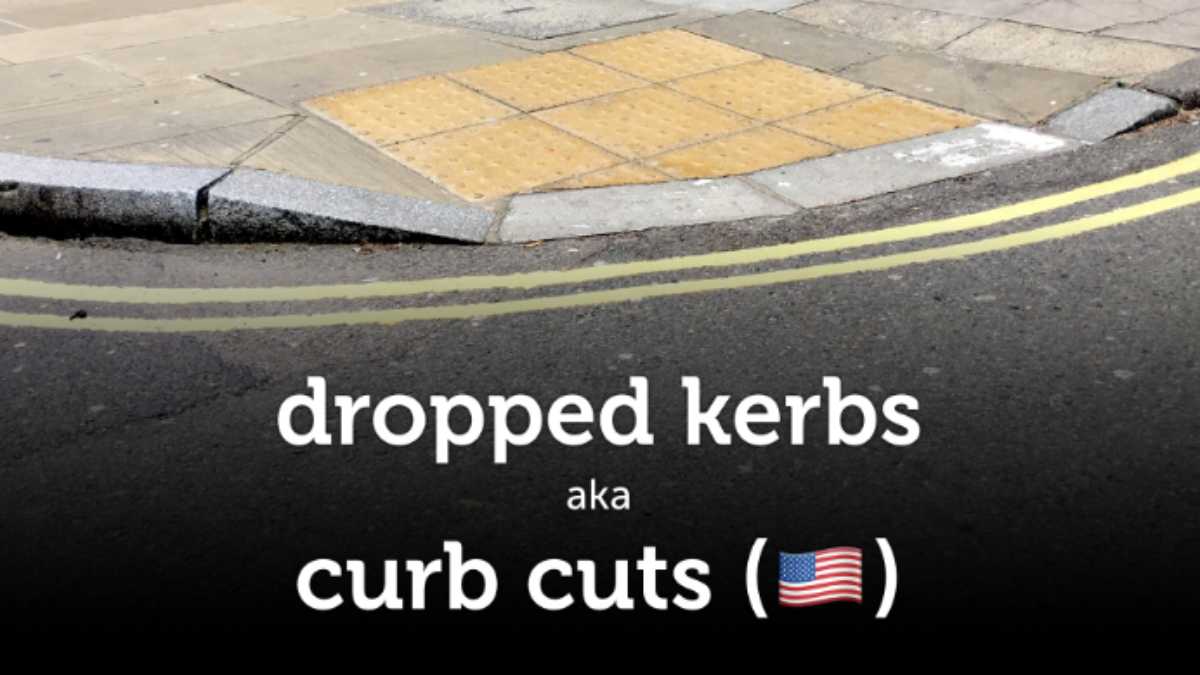Introduction
The law mandating curb cuts has revolutionized accessibility in urban design. Understanding the Microsoft XP Agent DOTT overview within this framework equips urban planners to enhance public spaces. This guide explains the significance of curb cuts laws, their legal requirements, and how Microsoft XP Agent DOTT overview can support compliance and planning efforts.
What Is the Law Mandating Curb Cuts?
The law mandating curb cuts requires cities and municipalities to provide curb ramps at intersections and public sidewalks. These ramps facilitate wheelchair access and improve mobility for people with disabilities. Originating under the Americans with Disabilities Act (ADA), the law ensures public spaces are inclusive and navigable for everyone.
Importance of Curb Cuts in Urban Planning
Curb cuts are more than ramps. They serve as critical infrastructure that promotes accessibility, safety, and independence for disabled individuals. Urban planners must prioritize these elements to meet legal standards and foster equitable city environments.
Microsoft XP Agent DOTT Overview: How It Relates to Curb Cuts
The Microsoft XP Agent DOTT overview is an advanced software tool designed to assist urban planners in mapping and managing accessibility features, including curb cuts. This digital agent helps automate compliance checks and visualize where curb cuts are needed, enhancing the planning and enforcement process.
Legal Requirements and Compliance Standards
Municipalities must adhere to the ADA guidelines, which specify the slope, width, and tactile warning surfaces for curb ramps. The law mandates that all newly constructed or altered sidewalks include curb cuts to eliminate physical barriers.
How Microsoft XP Agent DOTT Overview Enhances Compliance
By integrating data from urban infrastructure, the Microsoft XP Agent DOTT overview automates identification of missing curb cuts and generates compliance reports. This software helps urban planners maintain up-to-date records and prioritize repairs or installations.
Design Considerations for Curb Cuts
Curb cuts must follow specific design criteria to be effective. These include a maximum slope of 1:12, minimum width requirements, and detectable warning surfaces for visually impaired pedestrians. Planners must also consider drainage, safety, and durability.
Challenges in Implementing Curb Cuts
Budget constraints, historical infrastructure, and public resistance often challenge curb cut installations. However, using tools like Microsoft XP Agent DOTT overview can streamline planning, highlight priority areas, and justify funding by demonstrating compliance needs.
Case Studies: Successful Curb Cut Implementations
Several cities have leveraged technology similar to Microsoft XP Agent DOTT overview to audit and enhance accessibility. These case studies demonstrate how effective planning leads to safer, more inclusive urban environments.
Future Trends in Accessibility and Urban Planning
With advances in technology, urban planning is moving toward smart city solutions that include dynamic monitoring of accessibility features. Microsoft XP Agent DOTT overview exemplifies how digital tools can ensure ongoing compliance with accessibility laws.
Conclusion
The law mandating curb cuts is fundamental in creating accessible cities. Urban planners equipped with tools like Microsoft XP Agent DOTT overview can effectively implement and maintain these vital features. Prioritizing accessibility benefits communities by fostering inclusivity and independence for all citizens.
Frequently Asked Questions (FAQs)
What is the main purpose of the law mandating curb cuts?
The law ensures public sidewalks and intersections are accessible to people with disabilities by requiring curb ramps.
How does Microsoft XP Agent DOTT overview assist urban planners?
It automates mapping, compliance checks, and reporting for accessibility features such as curb cuts.
What are the ADA requirements for curb cuts?
Curb cuts must have a maximum slope of 1:12, minimum width standards, and tactile warning surfaces.
Are curb cuts mandatory on all public sidewalks?
Yes, especially on new or altered sidewalks, to comply with accessibility laws.
Can existing sidewalks be retrofitted with curb cuts?
Yes, many cities have programs to retrofit older infrastructure to meet current standards.
What challenges do cities face in implementing curb cuts?
Challenges include funding limitations, physical constraints of older infrastructure, and community concerns.
How often should curb cuts be inspected or maintained?
Regular inspections are recommended to ensure safety and compliance, with maintenance scheduled as needed.
Will technology like Microsoft XP Agent DOTT overview replace manual inspections?
Technology aids inspections but does not fully replace the need for on-site assessments by professionals.
